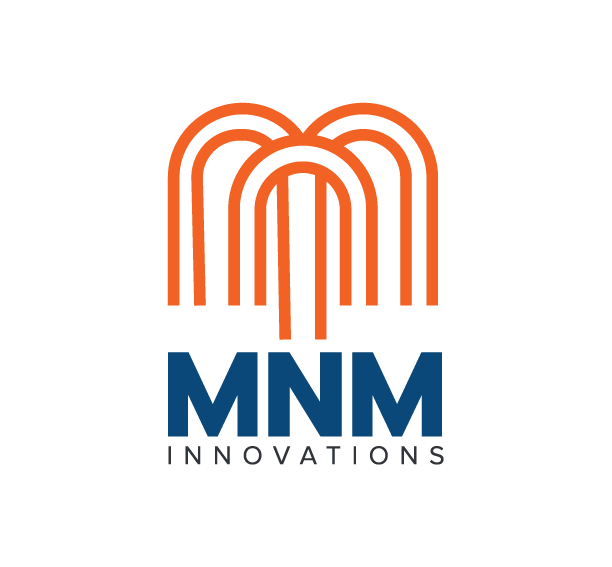SETTING A NEW FOUNDATION FOR EVERY DIGITAL IDENTITY & ACCESS MANAGEMENT
Since the pandemic, the world of business has taken a new shape and identity with digitalisation of data becoming even more crucial in every context as remote interactions such as work from home culture, touchless journeys have become a part of their daily life. Although authentication technologies have proliferated in the past few years since IAM and IAG programs in place, identity verification and authentication processes are reaching a new level of maturity with either leading to unsupervised verification processes due to overload of unstructured data dumps or digital data security breaches. Data aggregation verification is gaining traction, while biometrics are intuitively replacing passwords. Therefore, Identity proofing has been very essential in the past few years with the process of digitalisation.
Identity verification is widely applicable across many platforms of enterprises and organisations such as
- Touchless and biometric passenger verification for air travels
- Premium automotive applications
- Remote check-ins at hotels
- Registrations and medical data access in healthcare
- Remote access to government services such as social security, etc.
- Secure online services for retailers and more.
Although advanced technology has automated almost every industry, the identity proofing process for persons verifications are still not completely in place due to inefficient softwares and programs. The key question is how to provide a seamless, frictionless process without harming the experience and consuming the time and effort of the end user. This is where identity proofing solutions come in handy such as Identity and Access Management (IAM) programs and Identity Access Governance(IAG). They try to alleviate the workload of enforcement authorities in the organisations for confidently verifying the physical identity of any personnel. This is particularly important considering the sophistication of identity verification frauds that are happening these days, which include:
- Presentation attacks, where the attacker creates spoofs by targeting the video camera.
- Photo morphing
- Video injection and replay attack
Considering activities from the end user point of view, a reliable mode of data access and storage requires a dependable and effective identity proofing system in place. IAM and IAG programs must perform, fulfill and store proofs of big volumes of data identities with high accuracy, speed and cost effectiveness. They must integrate it with the current technologies that are flexible and scalable to acquire and accommodate future requirements or replacing the old programs with new ones depending on the suitability and requirements of each organisation. To ensure meeting these considerations, a IAM and IAG system must be based on three pillars:
- Compliance with current regulatory regime, certified in accordance with established criteria for data privacy protection.
- Trust to ensure transparent data management
- Robust security checks and data integrity
Hence, securing and managing cloud identities is central to any enterprise’s IAM strategy. Without a centralized process for cloud identity management, organizations cannot build a sound strategy otherwise identity and access management becomes inefficient with increased high desk costs and compliance risk issues.
Therefore, Identity and access management lowers the overhead costs by offering the following aspects:
- Centralized cloud identity and access management for provisioning, updating and revoking cloud access permissions
- Easy and hassle free cloud access to all cloud applications and softwares with single identity
- With better compliance protocols and algorithms in place
- Securing sensitive data and information
- Cost effective solutions.
- Value addition
By validating identities, enforcing access policies and applying smart solutions to organizations the IAM and IAG strategies can ensure secure, convenient access to numerous applications with an easy to navigate between consoles and across various touch-points in every organisation.



